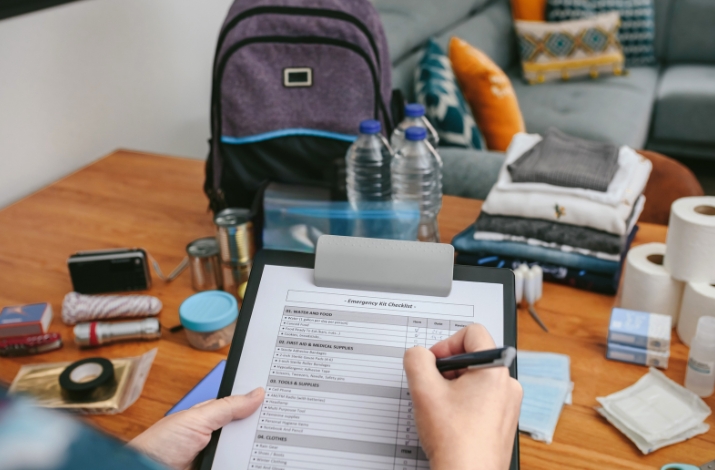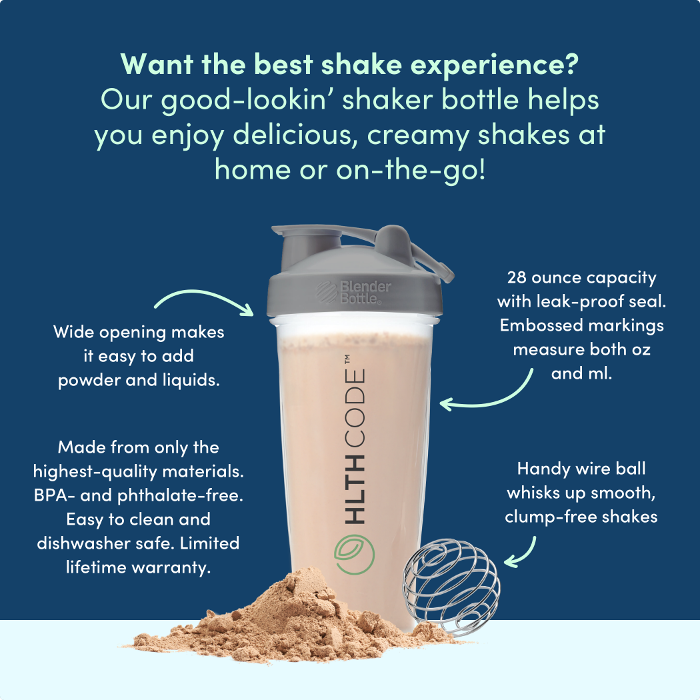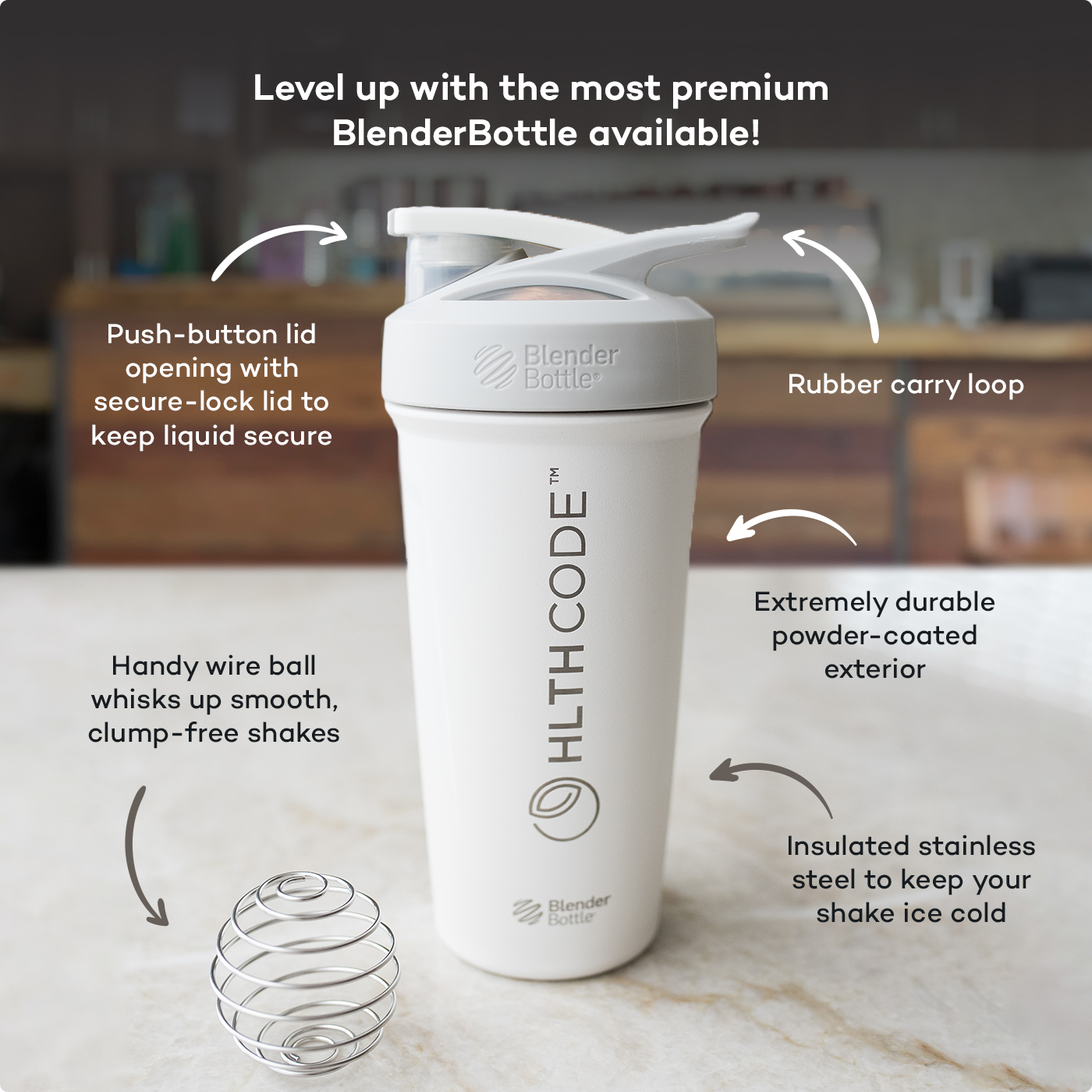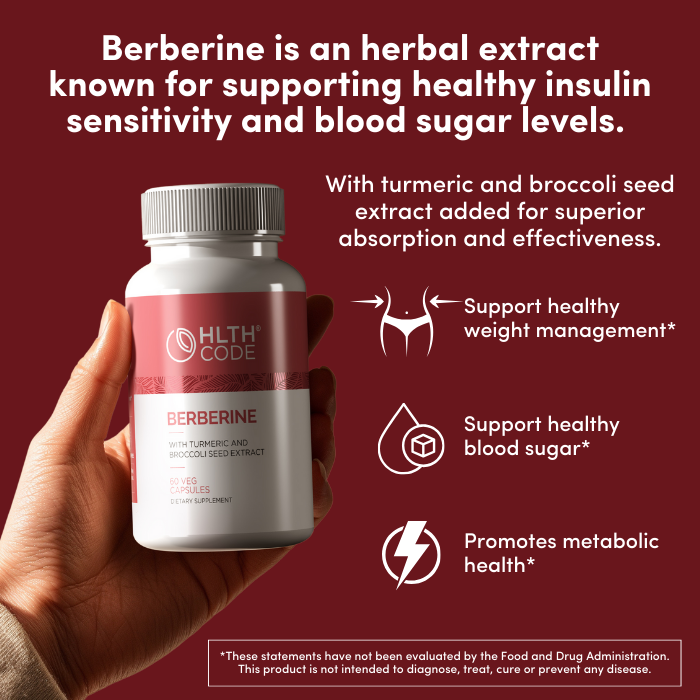Essential Emergency Food Supply Everyone Should Have

In uncertain times, one of the smartest things you can do for your household is to prepare an emergency food supply. Whether it’s a natural disaster, an unexpected power outage, or a long-term economic disruption, having a plan in place means greater peace of mind and resilience.
What Is an Emergency Food Supply?
An emergency food supply is a stockpile of non-perishable, nutrient-dense foods and clean water intended to sustain you and your family during situations where normal food access is limited or impossible. Its purpose is simple: to ensure survival, energy, and nutritional stability when you need it most.
Key Components of a Basic Food Supply
Your emergency food storage should include:
- Calorie-dense meals and snacks
- Clean drinking water or water purification systems
- Easy-to-prepare items requiring little-to-no cooking
- Nutritionally balanced options with protein, healthy fats, and essential vitamins
In short, your emergency food supply should be convenient, compact, and nutritionally complete.
Why Do You Need an Emergency Food Supply?
Natural Disasters and Power Outages
Storms, wildfires, floods, and blackouts can disrupt food access for days or even weeks. Roads may be impassable, stores may be closed, and perishable foods in your fridge can spoil quickly. A well-prepared emergency food supply ensures you’re not scrambling for essentials when disaster strikes.
Economic Instability and Supply Chain Disruptions
We’ve seen how inflation, labor shortages, riots, and global conflicts can choke supply chains. Grocery store shelves can empty fast. With a prepared stockpile, you can avoid panic-buying and ensure your family’s needs are covered no matter what’s happening in the economy.
How to Build Your Emergency Food Supply
Assessing Your Household’s Needs
Start by calculating how many people you’re preparing for and the number of days you’d like your supply to last (a minimum of 72 hours is recommended; 2–4 weeks is ideal). Consider age, caloric needs, and any medical or dietary considerations.
Choosing Non-Perishable Foods
Focus on items with a long shelf life and solid nutritional value, such as:
- Freeze-dried meals
- Canned meat
- Nut butters
- Shelf-stable meal replacement shakes
Avoid empty calories, your emergency food should fuel you, not just fill you.
Planning for Special Dietary Requirements
Whether it’s low-carb, gluten-free, diabetic-friendly, or allergen-aware, tailor your supply to your family’s needs. We offer options designed for balanced nutrition, which are especially useful in long-term emergency planning.
Top Emergency Food Supply Options Available
Freeze-Dried Meals
Lightweight, easy to prepare, and often lasting up to 20 years, freeze-dried meals are a premium choice. They retain nutrients well and just need hot water for rehydration, ideal for emergencies with limited cooking resources.
Canned Goods and MRE’s
Canned soups, vegetables, meats, and MRE’s (Meals Ready-to-Eat) are excellent staples. They’re durable, readily available, and can be eaten without cooking in a pinch.
DIY Emergency Food Kits
Prefer to build your own kit? Stockpile high-quality proteins, shelf-stable fats, and essential supplements. Include multi-use foods like powdered eggs, and nutrient-dense shakes for maximum flexibility and storage efficiency.
Maintaining and Rotating Your Emergency Food Supply
Shelf Life and Expiration Dates
Even shelf-stable items don’t last forever. Always check the best by dates and rotate foods as needed. Products with a 1–5 year shelf life should be rotated regularly; freeze-dried options may last decades but still benefit from periodic checks.
Regular Inventory Checks
Set a reminder every 6–12 months to review your supply. Replace expired items and adjust quantities based on family size, dietary changes, or new needs.
Best Practices for Food Storage
Keep your food in a cool, dry, dark place. Use airtight containers, avoid direct sunlight, and protect against pests. Store water away from chemicals or gasoline to prevent contamination.
Conclusion
Emergency preparedness isn’t just for survivalists, it’s a practical step every household should take. A thoughtfully built and well-maintained food supply can provide security during tough times and even save lives. Start small, plan smart, and give yourself the gift of peace of mind, your future self will thank you.

















